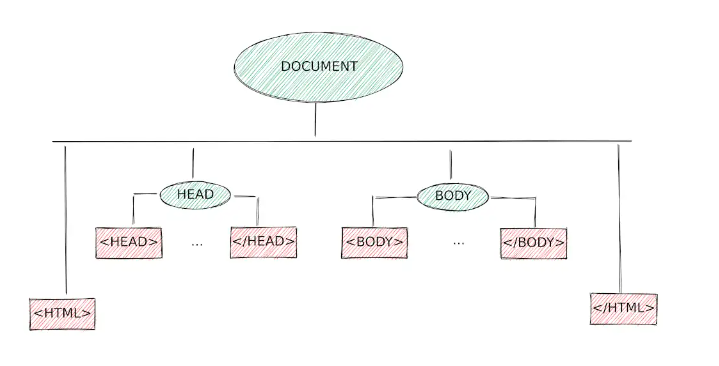Data parsing is the process of analyzing a string of data or a stream of input and extracting relevant information from it according to a predefined format or structure. This typically involves breaking down the input data into smaller components, such as individual fields or tokens, and interpreting their meanings based on specified rules or patterns. Data parsing is commonly used in programming, data processing, and communication protocols to extract valuable data from various sources, such as text files, network messages, or web pages, for further analysis or processing.
Why Is Data Parsing Important?
Data parsing is the process of analyzing a string of data or a stream of input and extracting relevant information from it according to a predefined format or structure. This process involves breaking down the input data into smaller components, such as individual fields, tokens, or elements, and interpreting their meanings based on specified rules or patterns.
In simpler terms, data parsing is like deciphering a code or language. It involves examining the structure of the data and identifying key elements within it.
Data parsing is commonly used in various applications and industries, including programming, data processing, web scraping, network communication, and more. It allows software systems to interpret and understand raw data, enabling further analysis, manipulation, and utilization of the information contained within it.
How does a data parser works?
A data parser is a software component responsible for analyzing and interpreting structured or semi-structured data in various formats, such as CSV, JSON, XML, or proprietary data formats. Here’s what a data parser typically does:
1. Input Data Analysis: The data parser reads input data from a file, network stream, or other sources and analyzes its structure and format.
2. Tokenization or Parsing: The parser breaks down the input data into smaller components, such as fields, records, or elements, based on predefined delimiters or structure rules.
3. Data Extraction: After parsing the input data, the parser extracts relevant information from the data elements or fields according to the requirements of the application or use case.
4. Data Transformation: In some cases, the parser may perform data transformation tasks, such as converting data types, standardizing formats, or applying data cleansing techniques to improve data quality.
5. Error Handling: The data parser may include error handling mechanisms to detect and handle issues such as missing data, invalid formats, or syntax errors in the input data.
6. Output Generation: Once the parsing and extraction process is complete, the data parser generates output data in a structured format suitable for further processing, analysis, or storage.

Overall, a data parser plays a crucial role in converting raw data from different sources and formats into a structured representation that can be easily consumed and utilized by applications, databases, or other software systems. It enables efficient data processing, analysis, and integration across diverse data sources and formats.